Connect with us
For Enquiries
enquiry@clinixhealthcare.com.ng
Emergency Help
+234 701 784 1325
Customer Care
+234 129 111 45
We are Open 24 Hours
At the Ilupeju Head Office
enquiry@clinixhealthcare.com.ng
+234 701 784 1325
+234 129 111 45
At the Ilupeju Head Office
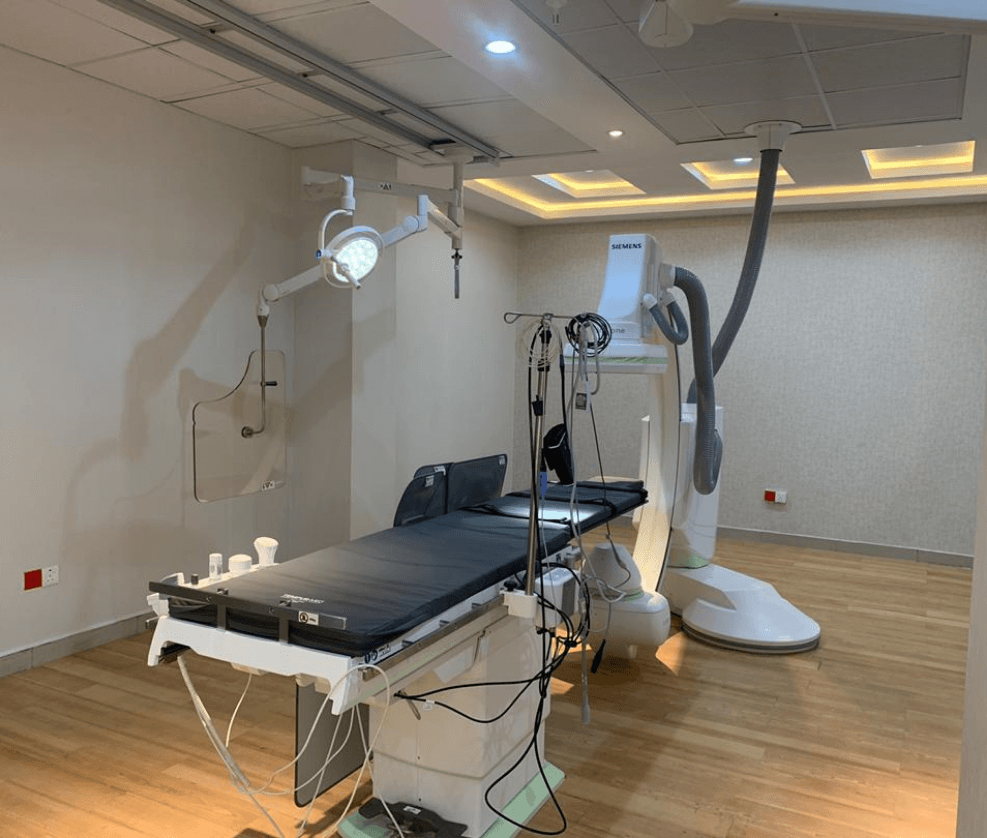
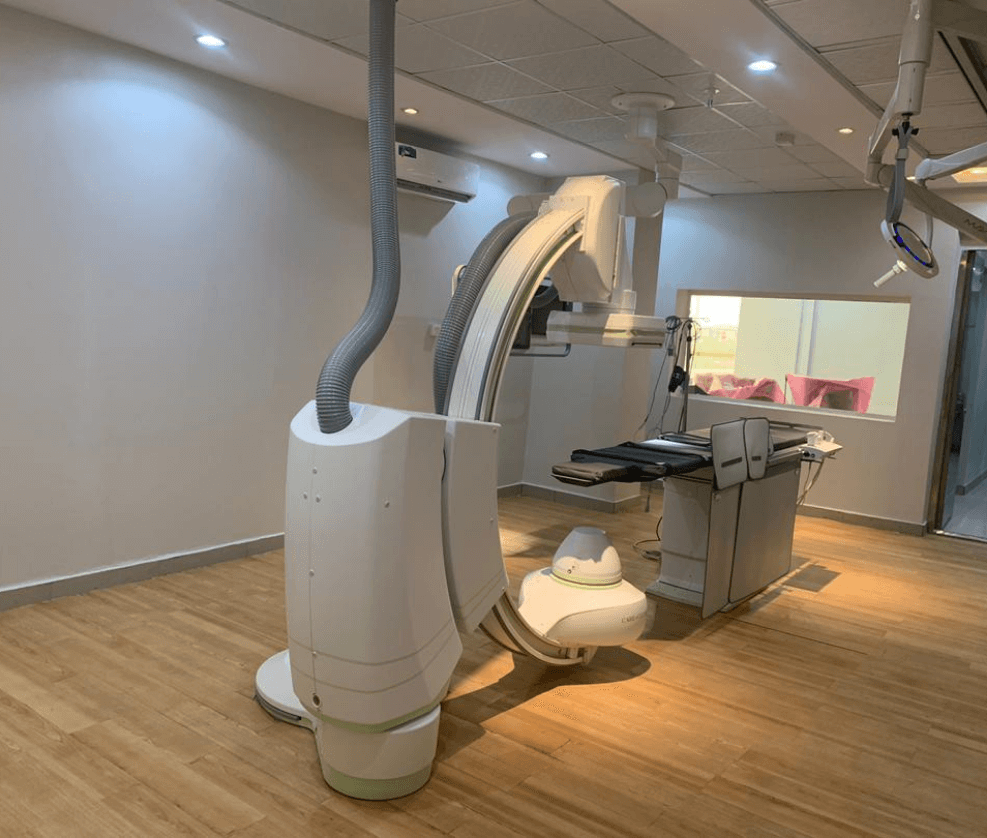

Catheterization laboratory, commonly referred to as a Cath lab, is an examination room in a hospital or clinic with diagnostic imaging equipment used to visualize the arteries of the heart and the chambers of the heart and treat any stenosis or abnormality found.
A Cath lab is where tests and procedures including angiogram, angioplasty and implantation of pacemakers / ICDs are carried out. Usually, you’ll be awake for these procedures. A Cath lab is staffed by a team of different specialists, usually led by a cardiologist.
Cardiac Cath lab procedures require a physician referral and an evaluation by a cardiologist.
To find blockages and other problems, a cardiologist inserts a small tube called a catheter into a vein or artery, then guides the tube to the heart. Dye is then injected into the catheter so that the heart and coronary artery functions can be seen on monitors while they are also being digitally recorded.
Physicians study the images to help pinpoint the exact problem and prescribe the best treatment. Patients undergoing catheterization are given local anesthetics and usually feel very little discomfort.
Cardiac ablation — Overview covers risks, what to expect during cardiac catheter ablation to correct heart rhythm problems (arrhythmias). This treatment for heart failure uses a specialized pacemaker that sends small electrical impulses to the heart to synchronize the action of the right and left ventricles. CRT helps the heart to fill and pump blood more effectively.
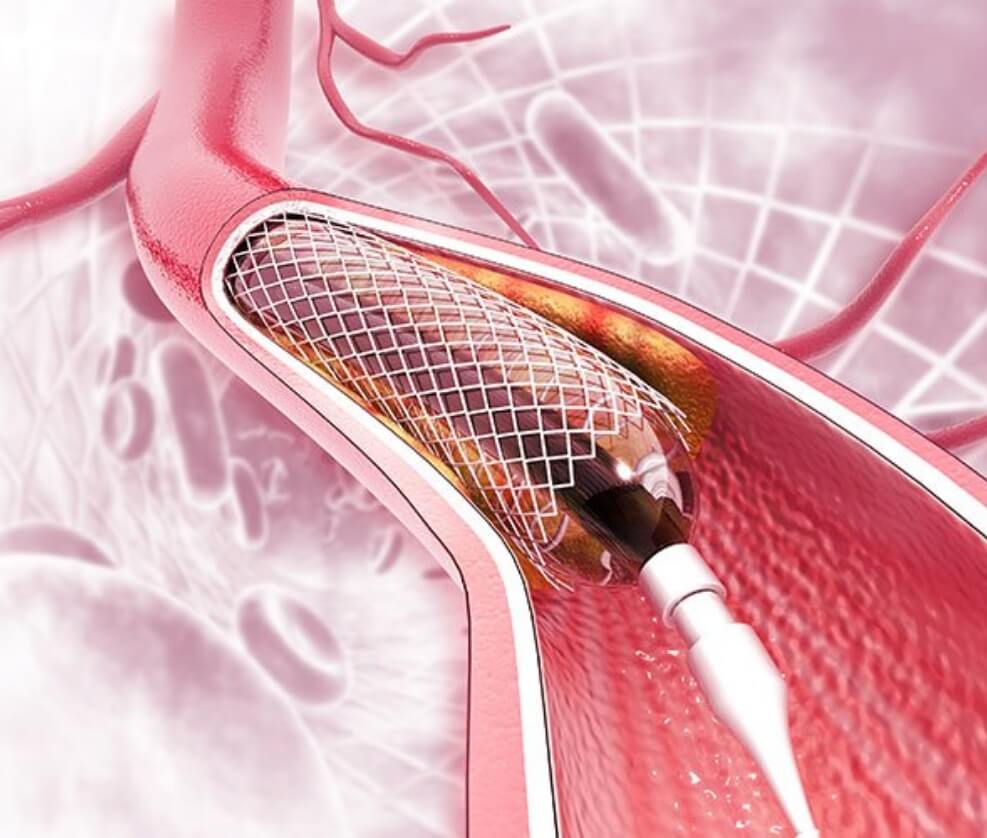
A stent is a small metal coil, or mesh tube, that is placed in a blocked or damaged artery to help keep it open so that blood can flow more freely through it. A stent is commonly used along with a balloon angioplasty and atherectomy.

This procedure implants an ICD, a small electronic device that can help control the heart’s rhythm, speed and pattern. Like a pacemaker, it constantly monitors the heart rhythm. It also has the ability to stop a dangerous arrhythmia.
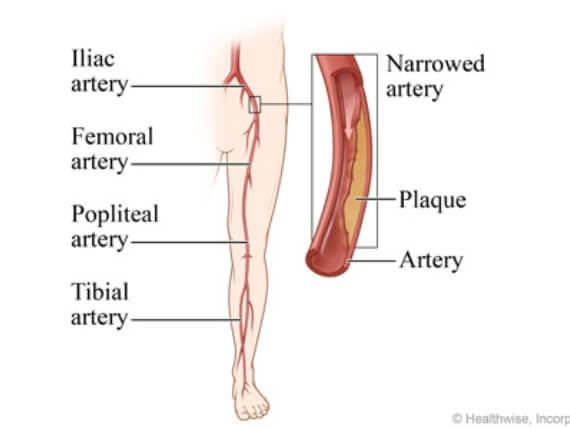
This procedure is used to treat peripheral artery disease, when the legs and feet are not getting enough blood. A catheter is threaded into the artery, so the doctors can find and treat blockages that are preventing blood flow to the legs and feet.

This procedure places a small electronic device under the skin in the chest (just below the collarbone) to help regulate electrical problems with the heart that can cause rhythm disorders and keep the heart beating regularly. The pacemaker is connected to the heart through a vein. In some cases, you may not have to stay in the hospital overnight.
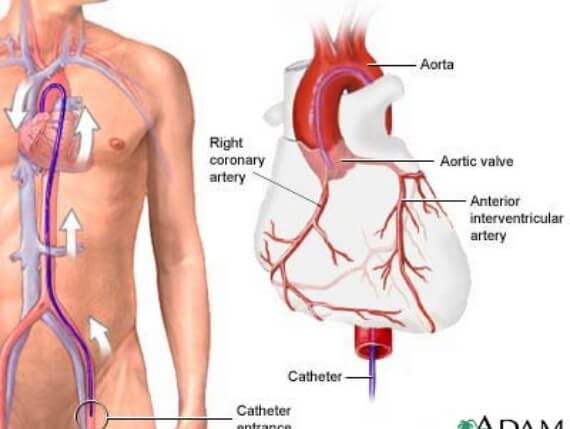
A coronary angiography is a test to find out if you have a blockage in a coronary artery. Your doctor will be concerned that you’re at risk of a heart attack if you have unstable angina, atypical chest pain, aortic stenosis, or unexplained heart failure.
The cardiac catheterization procedure itself generally takes 30 minutes, Depend upon type of procedure and condition of patient.
By clinical guidelines, an artery should be clogged at least 70 percent before a stent should be placed, Resar said. “A 50 percent blockage doesn’t need to be stented,” he said.
Well, doctors use cardiac catheterization to diagnose and evaluate common heart and blood vessel problems, like chest pain or an abnormal stress test due to coronary artery disease.
Patients who have had cardiac catheterization or coronary angioplasty often are required to stay in bed with restricted movement for three to 24 hours afterward to prevent bleeding from the femoral artery catheter insertion site.
Locate narrowing or blockages in your blood vessels that could cause chest pain (angiogram) Measure pressure and oxygen levels in different parts of your heart (hemodynamic assessment) Check the pumping function of your heart (right or left ventriculogram) Take a sample of tissue from your heart (biopsy)
Don‘t lift heavy objects. Avoid strenuous exercise. Avoid sexual activity for a week. Wait at least a week before swimming or bathing.
As recommended in the National Disease Management Guidelines (6), patients with coronary heart disease and those who have undergone stent implantation should be followed up regularly (every three to six months) by their primary care physicians, independently of any additional visits that may be necessitated by
A drug-eluting stent is coated with time-release medicine. That medication is gradually released into your blood vessel to prevent it from becoming blocked again
What is the typical lifespan of a stent? Stents are small tubes inserted into your body to reopen a narrowed artery. They are made to be permanent — once a stent is placed, it’s there to stay. In cases when a stented coronary artery does re-narrow, it usually happens within 1 to 6 months after placement.
Do clogged arteries cause any symptoms?
A buildup of plaque can narrow these arteries, decreasing blood flow to your heart. Eventually, the reduced blood flow may cause chest pain (angina), shortness of breath, or other coronary artery disease signs and symptoms. A complete blockage can cause a heart attack
The most accurate method to detect blocked arteries remains an invasive test called cardiac angiography, which requires a catheter to be threaded into heart vessel
A cardiologist performs cardiac catheterization procedure
You will be in the Cath lab for about an hour’s time at least, including preparation and the actual procedure. Several hours may be required to do catheterization as a therapeutic procedure.
Most often, antihistamines and steroids can be given as a pretreatment to patients with previous allergic reactions to the contrast dye. This pretreatment should suffice in bringing down the risk of an adverse reaction to a minimum.
Since this procedure has live X-ray imaging, patients will be exposed to a small amount of radiation. However, it is not very harmful at these levels. Doctors and staff present in the lab protect themselves by wearing lead aprons.
Bed rest is dependent on the procedure being performed. Your cardiologist will determine the length of your bed rest.
Waiting times vary. You will be brought to the hospital two hours before your scheduled procedure time to complete lab work and X-rays. Variable procedure times along with emergency procedures can also add to the wait time. Please plan to spend the entire day at the hospital.
Getting access into your artery is just like starting an IV, so there will be no incision made during your procedure.
You may eat and drink normally until six hours before your scheduled arrival time if you are having an outpatient procedure. If you are already hospitalized, no food or drink will be provided after midnight prior to the day of your procedure.
Your doctor will advise you about which medications to take on the day of your procedure. Please drink only enough water to swallow the pills comfortably.
Shave the groin (remove unwanted hairs), patient should be empty stomach for 8 hours prior to procedure.
If the procedure was done through your wrist only, you can eat immediately after the procedure. If the procedure was performed from your leg, you will not be able to eat until the sheaths are removed. This time will vary.
During your procedure, family and friends will be directed to our Skylight Information and Waiting Center on the second floor. They will check in at the front desk and receive a pager. At the end of the procedure, our staff members will call the Information and Waiting Center staff, who will locate and escort your family and friends to the Cath Lab. Your cardiologist will explain the results of the procedure with you and your family and friends.
The artery in your right wrist is generally used for catheterization procedures, however, your cardiologist may choose to use your right or left groin, or left wrist, if necessary.
Scientists and medical doctors, using numerous clinical study results, have determined that the amount of radiation dose you will receive is safe. Your risk is minimal. Our staff members work in the radiation all day, so they need to protect themselves by wearing lead and using shields when possible.
Cool temperatures assist in keeping infection rates low and our X-ray equipment is most efficient at these temperatures. We have an ample supply of warm blankets to keep you comfortable during your procedure.
This will be determined by your cardiologist.
There will be some discomfort involved while we numb the area and get access into your artery. Many patients remark that it was very easy and without any significant discomfort. Please be reassured that we make every attempt to minimize any discomfort that is associated with the procedure.